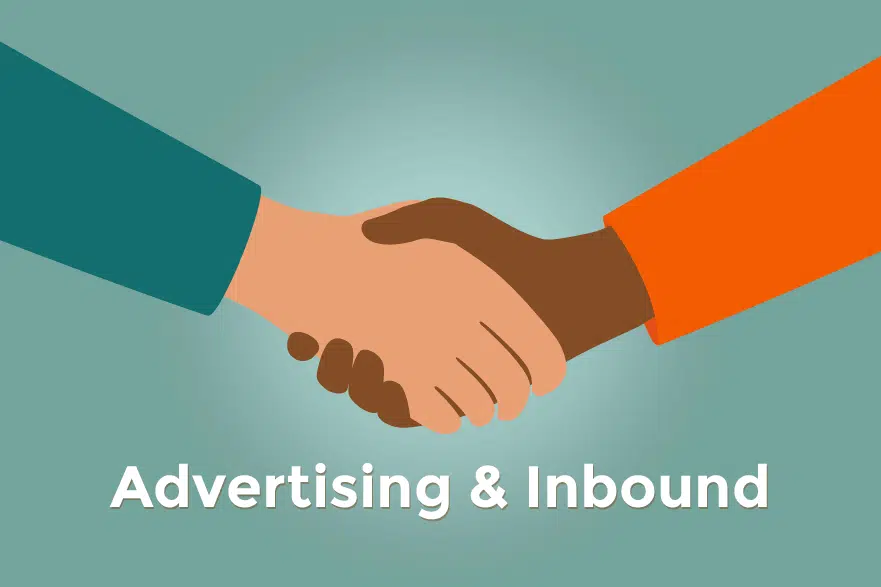

The common stigma with advertising is that it doesn’t have a place in the inbound methodology. That advertising & inbound marketing work against eachother. The theory is that it simply doesn’t fit in with the idea of attracting potential leads, since advertising is the art of interrupting them, instead of attracting them. Although it’s true that many ads are disruptive, there are ways to replace annoying ads with helpful or useful ones.
Here are our top reasons why advertising and inbound marketing can work together.
1) Strategy Comes First
These days, it’s much easier to target ads to a specific audience. With Facebook, Google, and many other digital platforms, you can choose target audience demographics like age, gender, and location, as well as target audience psychographics, like sports fans, dog owners, or musicians.
Targeted advertising means you aren’t annoying people who almost certainly don’t want to see your ads. For example: A 65-year-old woman living in Egypt probably isn’t too interested in the latest World of Warcraft release. So instead, strategic advertisers can target the 16- to 30-year-old American male demographic to achieve better results for their campaign.
2) Ads Are Content
Since there aren’t too many good ads out there, it’s easy to forget that ads are a form of content. After all, people get excited over Super Bowl ads and ad awards shows—and for a good reason: Ads can be entertaining.
Some ads make people laugh, some make them think, some teach something new, or offer something useful. There’s no need to scheme or trick people into clicking your offer—especially since that would be outside of a good inbound strategy. Earn those clicks by using your skills instead of begging for them like some sort of digital panhandler.
Ads are only limited by the people behind them, and that means advertising can be a welcome part of your inbound strategy. Use good creative content, and people will click.
3) Ads Have Ratings
In the past, there were tons of highly inappropriate and frustrating digital ads that seemed to exist without practical rhyme or reason. Since those less-than-humble beginnings, ads on the Internet have noticeably and drastically improved.
This is all due to a new regulation: Advertising platforms like Facebook and Google use a scoring system that helps track the success and relevancy of ads.
These relevancy ratings help advertisers adjust their ads to target better-defined audiences. Alternatively, if the ads are hitting the right audience but aren’t resonating, it’s time to revisit the drawing board and drum up some better creative content.
Relevancy scores range from 1 (lowest) to 10 (highest), and you’ll want to stay above a 5 for reasonable results.
What do you think? Is there a place for advertising in an inbound strategy, or are the two mutually exclusive? Let us know by leaving a comment!
Source: Hello BLOG
Recent Articles
Write For Us
Think you’ve got a fresh perspective that will challenge our readers to become better marketers? We’re always looking for authors who can deliver quality articles and blog posts. Hundreds of your peers will read your work, and you will level up in the process.Ready to grow? Say Hello







